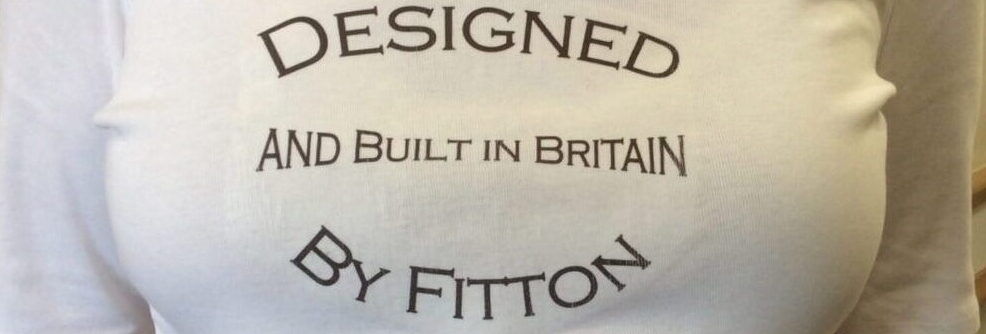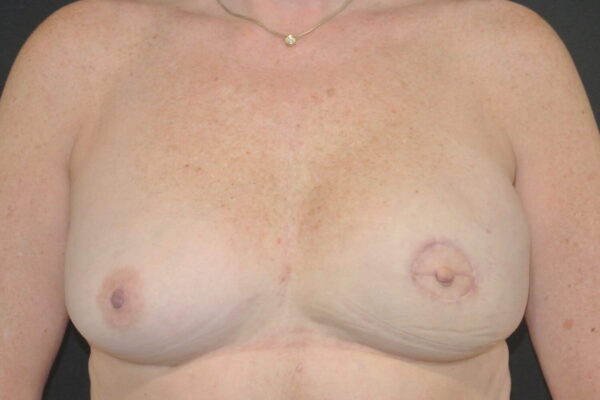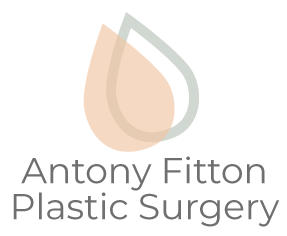For information regarding breast reconstruction visit:
https://www.bapras.org.uk/public/patient-information/surgery-guides/breast-reconstruction
email: [email protected]
call: 07494 250277

Breast cancer affects 1 in 9 women in the UK today and is responsible for the greatest number of cancer-related deaths in women worldwide.
Mastectomy, or surgical removal of the breast, is a common therapeutic and prophylactic treatment for breast cancer that can have a strongly negative psychological impact on patients, leaving them feeling demoralized and de-feminised.
Breast reconstruction contributes enormously to alleviating stresses associated with breast cancer surgery. Autologous tissue flaps (particularly the free DIEP or TRAM flaps) now representing the gold-standard for reconstruction.
Reconstruction can be carried out immediately after mastectomy or months to years later.
Immediate breast reconstruction provides benefits over delayed breast reconstruction, in terms of cosmetic outcome, total operating time, patient satisfaction, paucity of peri-operative complications and provision of more significant improvements in patient body image and psychological well-being.
Implant base reconstruction involves placing a specially designed tissue expanding implant beneath the muscles at the base of the removed breast. After a few weeks, and once patient have recovered from this first operation, the implant is gradually expanded simply by injecting saline through a port buried beneath the skin in the armpit. This is performed in our clinic and takes a few minutes. We would normally intend to overinflate the new breast to allow it to drop to a natural shape when we take away some saline a few months later.
A second operation is normal required about 6 months after the first to either remove the port or to replace the expander for a breast implant. These come in varying shapes and sizes enabling better scope to achieve an optimal final shape. This type of reconstruction can be performed immediately or delayed but is not used when patients have had radiotherapy.
There are situations where flap-based reconstruction has advantages, primarily as it may reduce complications associated with implants. The Latissmus Dorsi flap involves transferring a segment of back skin attached to a flat triangular shaped muscle to reconstruct a new breast. In patients with small breasts this alone may suffice but, In the majority, additional volume is provided by an implant placed beneath the flap. This is useful in patients who have had radiotherapy.

The DIEP or TRAM flap is completely autologous (patients own tissue). Advances in Plastic Surgery technique allow for the transfer of a block of tissue from the lower abdomen (the same tissue as is normally removed for an abdominoplasty). The tissue is sculpted and shaped into a breast and its blood supply is restored by microsurgically, connecting blood vessels in the chest to those in the flap.
This requires considerable skill, which Plastic Surgeons acquire through their training.
In our opinion, this is the gold standard procedure, but is however a bid procedure taking between 4 to 6 hours and about 7 days in hospital.
There is a 5% risk of failure and can also weaken the strength of the abdominal muscles.
For information regarding breast reconstruction visit:
https://www.bapras.org.uk/public/patient-information/surgery-guides/breast-reconstruction


